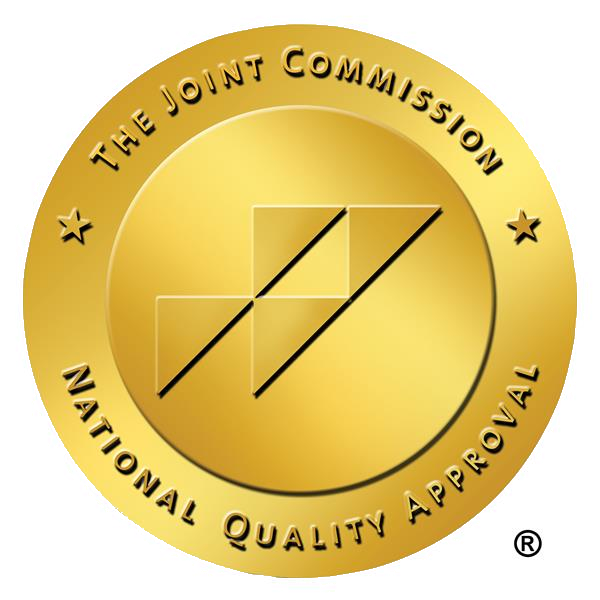Understanding Generalized Anxiety Disorder: Symptoms, Causes, and Treatment
Generalized Anxiety Disorder (GAD) is one of the most common mental health conditions, affecting millions of people worldwide. It’s characterized by persistent and excessive worry about various aspects of daily life. While occasional worry is a normal part of life, GAD involves symptoms of anxiety that are intense and often interfere with a person’s daily activities, relationships, and overall quality of life.
In this comprehensive guide, we’ll explore the symptoms, causes, and treatment options for GAD, offering insights into how this mental health condition can be managed effectively.
What is Generalized Anxiety Disorder (GAD)?
Generalized Anxiety Disorder, or GAD, is defined by the American Psychiatric Association in the Diagnostic and Statistical Manual of Mental Disorders (DSM-5) as a condition where individuals experience chronic and exaggerated worry about everyday events and activities. This worry often comes with physical symptoms such as muscle tension, stomachaches, and difficulty concentrating.
Symptoms of GAD
People with Generalized Anxiety Disorder (GAD) often experience a range of physical and psychological symptoms that can significantly impact their daily lives. These symptoms are more intense and persistent than ordinary worry, leading to ongoing distress. Individuals with GAD may find it difficult to focus, relax, or sleep, which can affect work, relationships, and overall well-being. Below is a list of common symptoms experienced by those with GAD:
Excessive worry about various aspects of life, from work to relationships.
Muscle tension leading to headaches or body aches.
Difficulty concentrating or focusing on tasks.
Trouble sleeping or getting enough sleep.
Stomachaches or other digestive issues.
Feelings of restlessness or being on edge.
These symptoms can affect not only mental health but also physical health, leading to secondary conditions such as irritable bowel syndrome and other physical illnesses.
Causes of GAD
The causes of Generalized Anxiety Disorder (GAD) are complex, involving a blend of genetic, environmental, and biological factors. While it’s unclear why some individuals develop GAD, research suggests that family history, chronic stress, and certain medical conditions can increase the risk. Additionally, major life events or trauma may act as triggers. Substance abuse and long-term stress exposure can also contribute to the development of GAD. Despite this complexity, understanding potential causes can be helpful in managing the condition and reducing its impact on daily life. Here are some common causes of GAD:
Genetic predisposition: A family history of mental health disorders can increase the risk of developing GAD.
Environmental factors: Exposure to stressors like traumatic events, major life changes, or ongoing stress can contribute to GAD.
Medical condition: Certain medical conditions or substance use can lead to anxiety symptoms.
Substance abuse: The use of drugs or alcohol may exacerbate or trigger GAD.
It’s important to note that these factors can vary from person to person, and many people with GAD have no identifiable cause.
Treatment Options for GAD
Treatment for Generalized Anxiety Disorder often involves a combination of approaches to address both the symptoms and underlying causes. Here are some common treatment options:
Cognitive Behavioral Therapy (CBT): This form of psychotherapy is effective in treating GAD. It helps individuals recognize and change negative thought patterns that contribute to excessive worry.
Medication: Antidepressants like Selective Serotonin Reuptake Inhibitors (SSRIs) and Serotonin-Norepinephrine Reuptake Inhibitors (SNRIs) are often prescribed to manage symptoms of GAD. Anti-anxiety medications like benzodiazepines or buspirone may also be used for short-term relief.
Relaxation techniques: Practices like mindfulness, yoga, or deep breathing exercises can help reduce muscle tension and calm the mind.
Support groups: Connecting with others who have similar experiences can be a valuable source of support and self-help.
Lifestyle changes: Engaging in regular exercise, managing stress, and maintaining a healthy diet can improve overall well-being and reduce symptoms of GAD.
Professional help: Consulting with a mental health professional or healthcare provider is crucial for an accurate diagnosis and personalized treatment plan.
Coping with GAD in Daily Life
Living with GAD can be challenging, but there are strategies to help cope with the condition:
Stress management: Learning techniques to manage stress can be beneficial in reducing symptoms of anxiety.
Seeking support: Family members and loved ones can play a significant role in providing emotional support.
Education and awareness: Understanding GAD and its treatment options can empower individuals to make informed decisions about their mental health.
Primary care: Regular visits to a healthcare provider can help monitor and manage symptoms.
By understanding the various aspects of Generalized Anxiety Disorder, individuals can take proactive steps to seek professional help, explore treatment options, and improve their quality of life. If you suspect you or someone you know may have GAD, don’t hesitate to reach out to a mental health professional or primary care provider for guidance.










